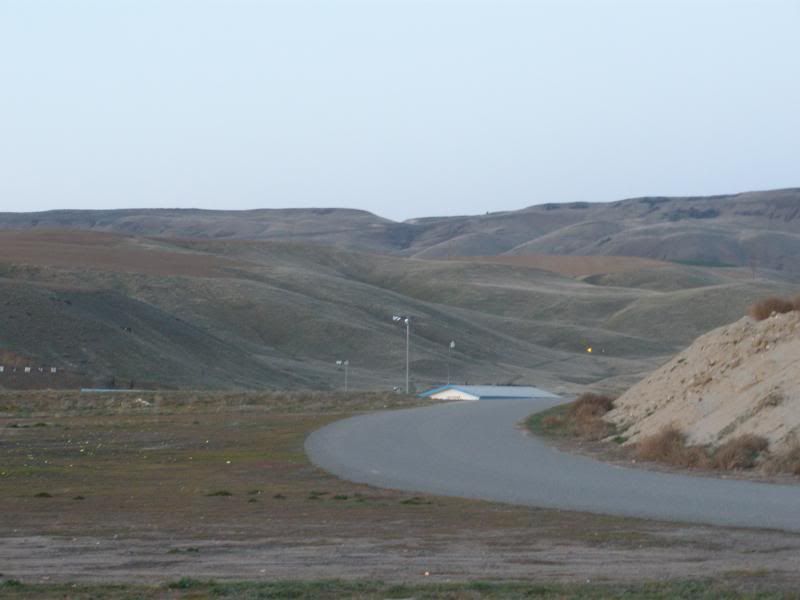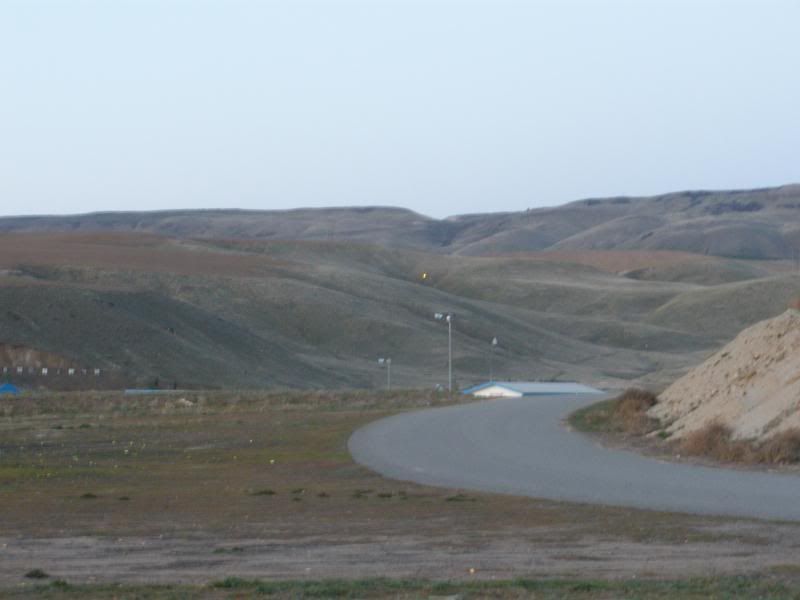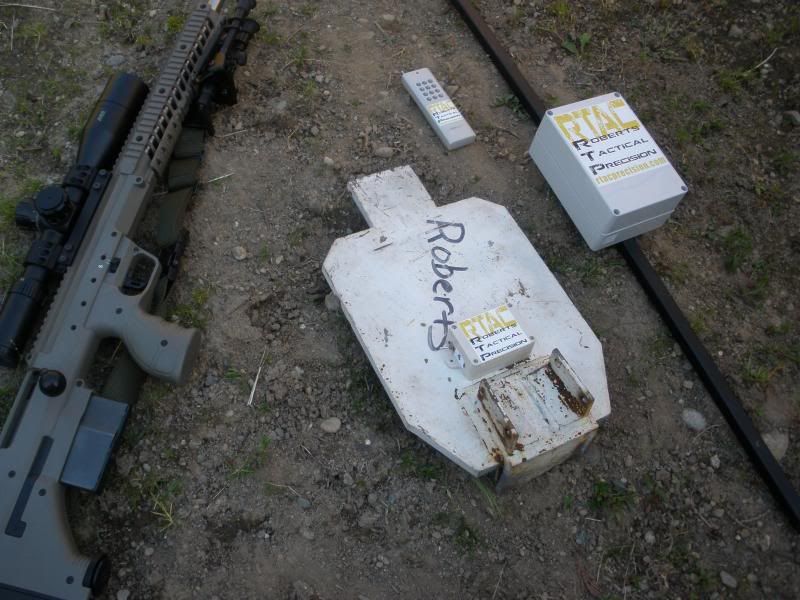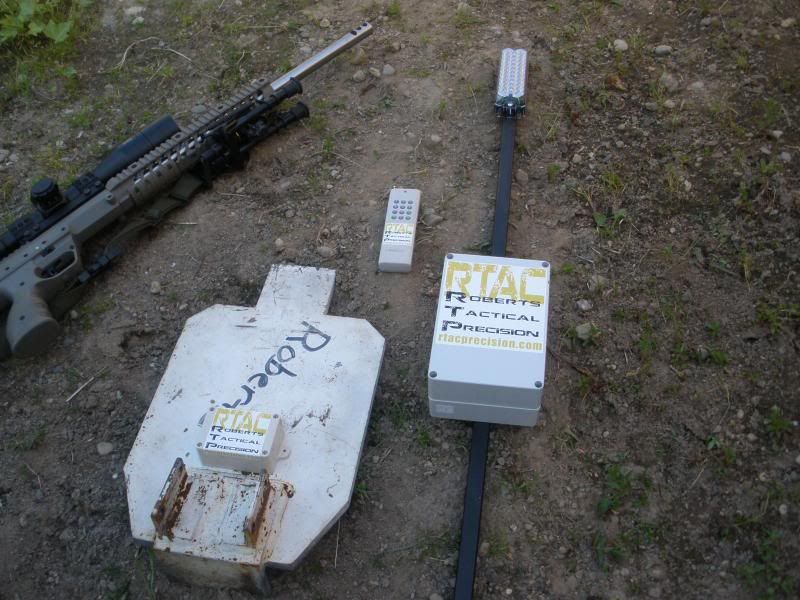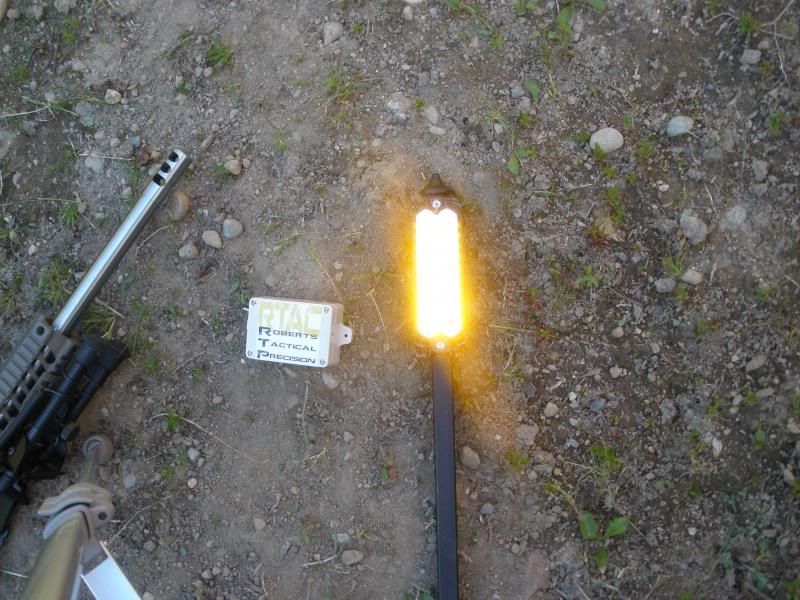I posted this in the observation section, but since it is geared towards ELR I thought I would post here as well. I have been a long time member here on the hide and have been working on a new electronic target system that utilizes high intensity LED lighting, wireless impact/load sensor technology, and long range remote capability. Many years ago I designed the orrigional Target Transmitter video system for ELR, this was another idea I have been working on since 2007. We will be bringing our system to the market by July of 2014. I am a startup company, and will be setting up our vendor status here on the Hide in the next few weeks. I will not be taking orders here until we aquire our vendor status. We are gearing up for production currently, and we will have 3 main products, with many more to come. We debuted the IRIS target lights at the JC Steel Challenge this March, featured on stage 1 at the 1002 yd and 1315 yd targets.
I.R.I.S. (Interactive Remote Identification System) is a patent pending target system that offers many benifits to the long range precision shooter. The high intensity 42 light amber directional LED is visible past 2000 yards in bright daylight, and is highly visible in the worst shooting conditions such as rain, snow, or fog. The wireless Impact Detection Module picks up impacts to the target and sends signals to the Target Control Module housed in the lighting system. I.R.I.S. can also be activated by a high power hand held remote control, capable of triggering IRIS up to 2000 yards. The handheld remote can control 1 to 4 IRIS target systems, allowing full control of multiple target locations from the shooting position. The handheld remote aids in locating targets at long range, as well as indicating which target the shooter is to engage. I.R.I.S. can be run in the field for many days of continuous use on a single charge. We have left I.R.I.S. powered on in the field for over 30 days, since there is minimal draw at idle from both the IDM and TCM. Both the IDM and TCM lighting system are completely self contained, weather proof, portable, and easy to setup in minutes.
•wireless Impact Detection Module (IDM), no wires to be shot or damaged from impacts. Each IDM operates on a independant frequency, allowing multiple I.R.I.S. systems to be used in close proximity. Multiple IDMs can be programed to control a single I.R.I.S. TCM lighting system. IDM max transmitter range, 150 yards from TCM (light)
•fully contained Target Control Module (TCM) and rechargable battery (charger included)
•TCM is fully programable for multiple IDMs and handheld remotes
•multiple I.R.I.S. systems can be controled via the included handheld remote
•4 channel remote shipped with single I.R.I.S. systems. Range - 2000 yards +, will control up to 4 I.R.I.S. target systems, 12 channel remote available
•12 channel remote available for multiple IRIS systems
•IRIS includes one Impact Detection Module (IDM), one Target Control Module (TCM) and lighting system, one wireless 4 channel remote, 12 volt charger
•additional Impact Detection Modules and handheld remotes can be purchased seperately
•we will be offering stand alone systems to attach to your steel, or provide complete ready to shoot target systems with ballistic grade AR500 steel. IPSC style sizes 45%, 66%, 100%. 1/4", 3/8" 1/2"
we are finishing up a video which will be posted to the website at rtacprecision.com
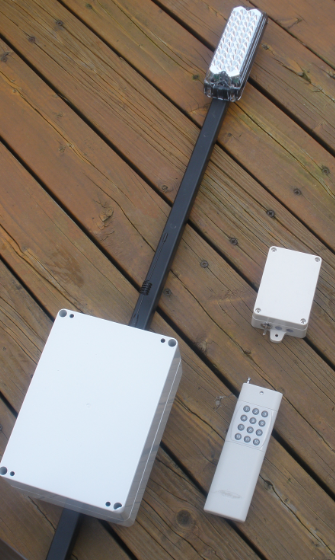

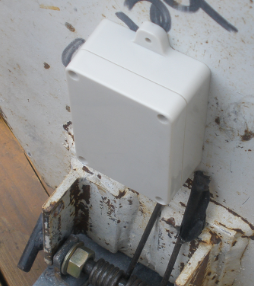
view from target to the firing line, 1 mile
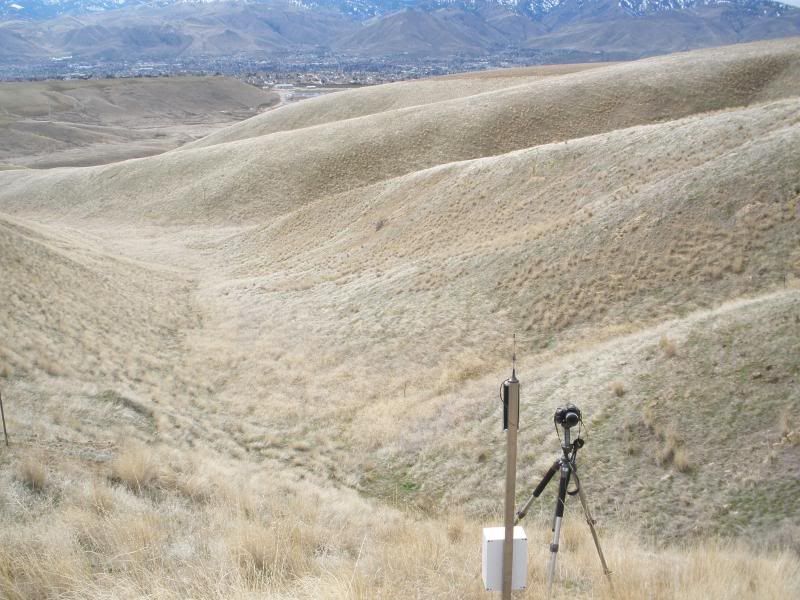
setting up the mile target and IRIS remote lighing system (upper left)

impacts @ 1 mile
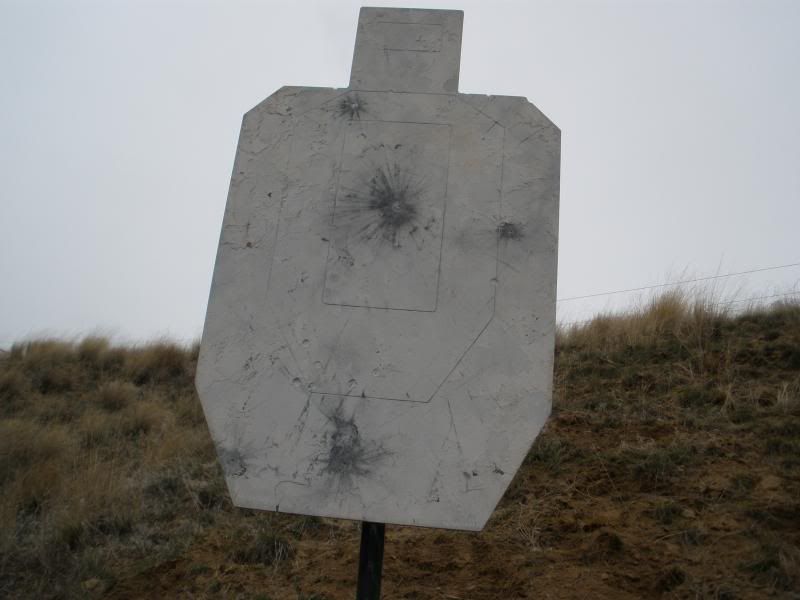
short video of the IRIS remote lights, 1 mile upper right, 1242 lower left. click the picture for the video (not the best quality)
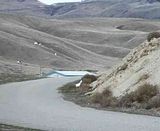
Kirk Roberts
Roberts Tactical Precision Inc
I.R.I.S. (Interactive Remote Identification System) is a patent pending target system that offers many benifits to the long range precision shooter. The high intensity 42 light amber directional LED is visible past 2000 yards in bright daylight, and is highly visible in the worst shooting conditions such as rain, snow, or fog. The wireless Impact Detection Module picks up impacts to the target and sends signals to the Target Control Module housed in the lighting system. I.R.I.S. can also be activated by a high power hand held remote control, capable of triggering IRIS up to 2000 yards. The handheld remote can control 1 to 4 IRIS target systems, allowing full control of multiple target locations from the shooting position. The handheld remote aids in locating targets at long range, as well as indicating which target the shooter is to engage. I.R.I.S. can be run in the field for many days of continuous use on a single charge. We have left I.R.I.S. powered on in the field for over 30 days, since there is minimal draw at idle from both the IDM and TCM. Both the IDM and TCM lighting system are completely self contained, weather proof, portable, and easy to setup in minutes.
•wireless Impact Detection Module (IDM), no wires to be shot or damaged from impacts. Each IDM operates on a independant frequency, allowing multiple I.R.I.S. systems to be used in close proximity. Multiple IDMs can be programed to control a single I.R.I.S. TCM lighting system. IDM max transmitter range, 150 yards from TCM (light)
•fully contained Target Control Module (TCM) and rechargable battery (charger included)
•TCM is fully programable for multiple IDMs and handheld remotes
•multiple I.R.I.S. systems can be controled via the included handheld remote
•4 channel remote shipped with single I.R.I.S. systems. Range - 2000 yards +, will control up to 4 I.R.I.S. target systems, 12 channel remote available
•12 channel remote available for multiple IRIS systems
•IRIS includes one Impact Detection Module (IDM), one Target Control Module (TCM) and lighting system, one wireless 4 channel remote, 12 volt charger
•additional Impact Detection Modules and handheld remotes can be purchased seperately
•we will be offering stand alone systems to attach to your steel, or provide complete ready to shoot target systems with ballistic grade AR500 steel. IPSC style sizes 45%, 66%, 100%. 1/4", 3/8" 1/2"
we are finishing up a video which will be posted to the website at rtacprecision.com



view from target to the firing line, 1 mile

setting up the mile target and IRIS remote lighing system (upper left)

impacts @ 1 mile

short video of the IRIS remote lights, 1 mile upper right, 1242 lower left. click the picture for the video (not the best quality)

Kirk Roberts
Roberts Tactical Precision Inc
Last edited:

